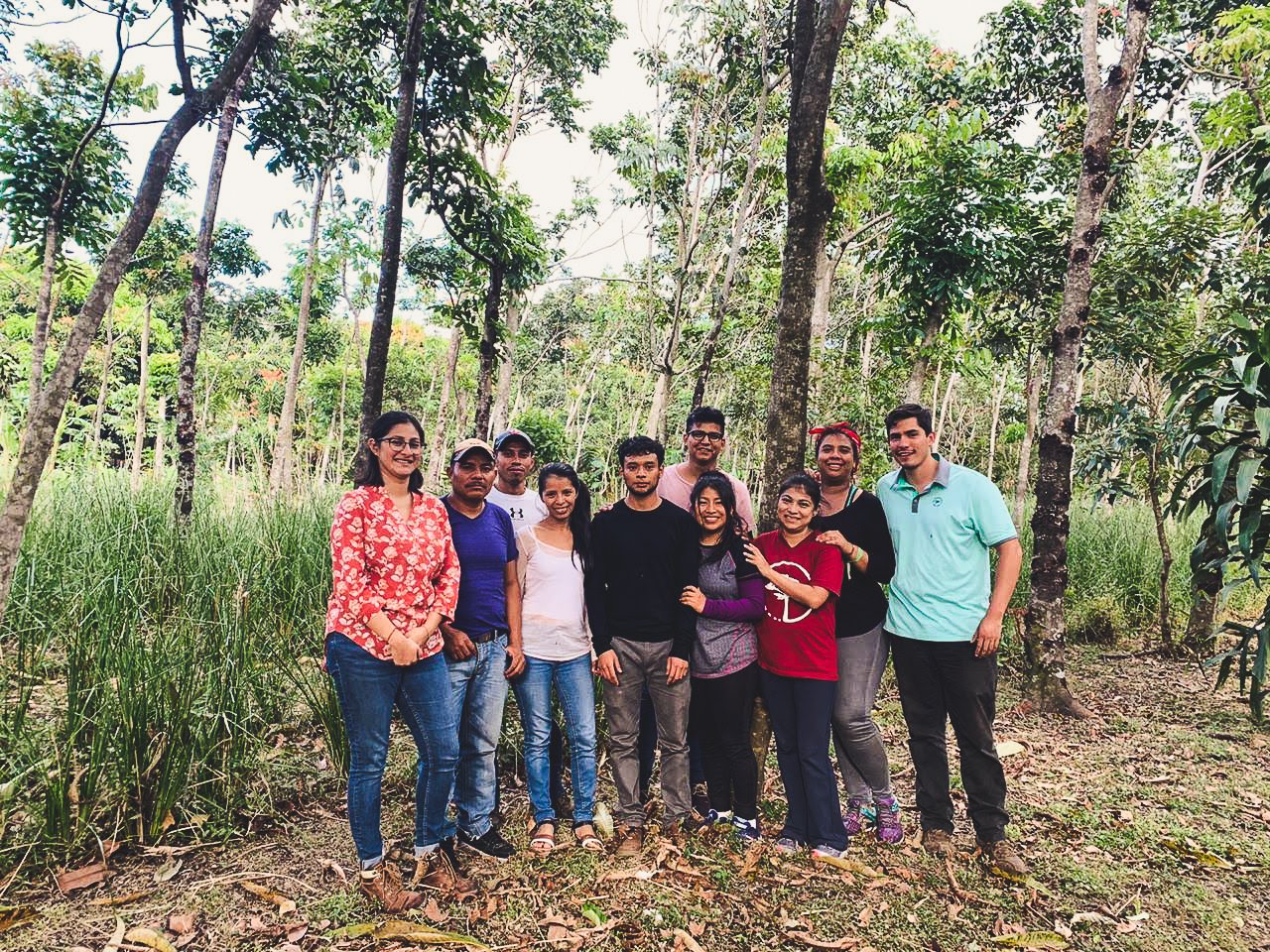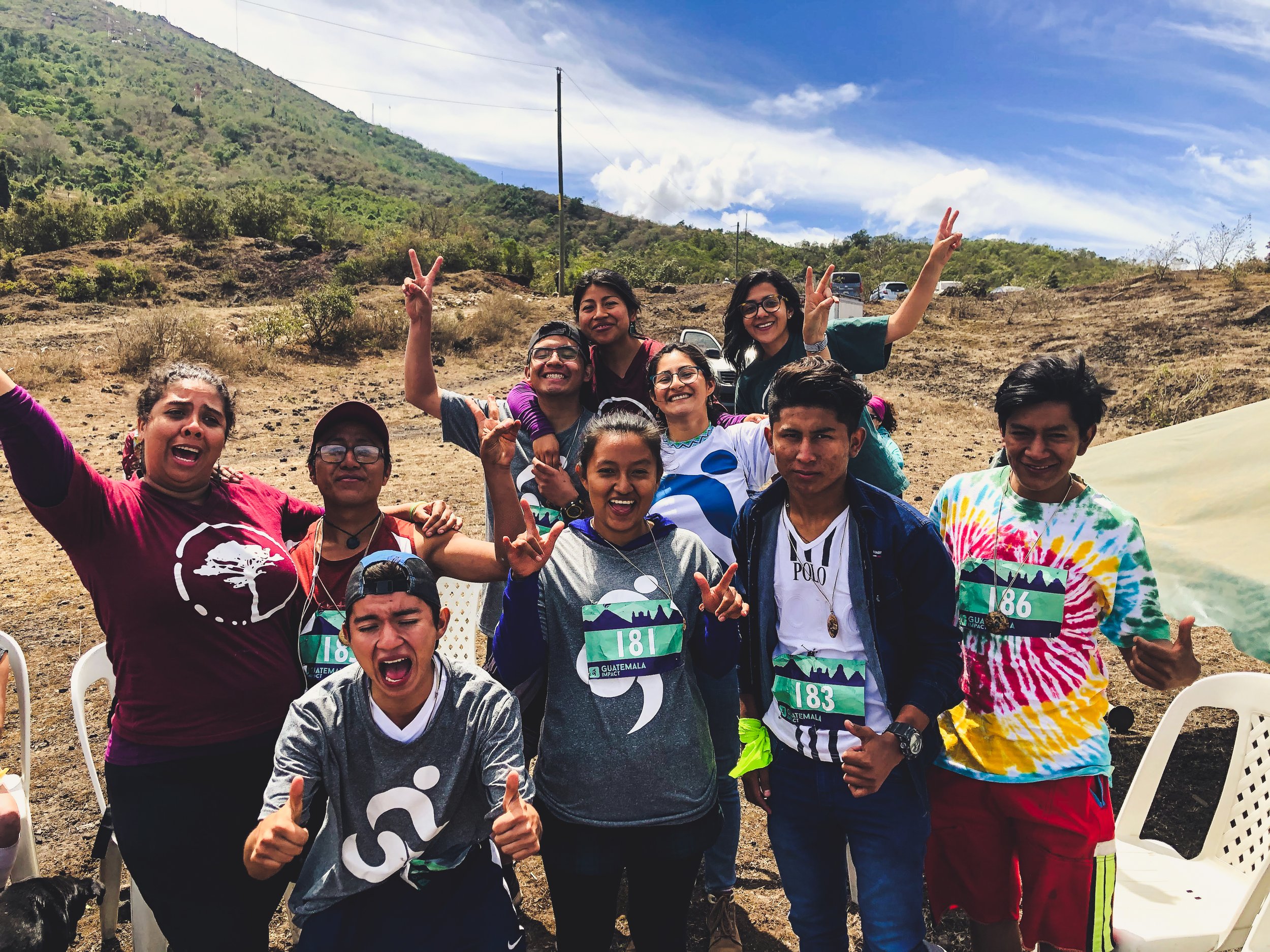How has managing priorities and distributed decision making changed SERES’s organizational model?
After almost 6 years of being part of SERES, I have tried to narrow down my learnings and growth within this ecosystem to bring you my story, it was not as easy, so I hope this reflects how much SERES has transformed traditional organizational structures by focusing on two areas: self-management and decision making.
I started working while studying in university, at 18 years old, where my parents always encouraged me to work and emphasized that my character was important, but at the time this was hard to comprehend and even before my first job I never really learned the skills to thrive in this environment. I have always been very responsible and dedicated, so this came through in my tasks and roles, but I had to learn how to manage my time, priorities and projects on my own.
Coming from a business administration background, the leadership style you are taught is very traditional, a top down style in most senses. Previously, I did not see self-management as a skill that was very relevant, because we are so used to the boss-employee relationship, you are always told what to do. But when the dynamics of work change and you are able to make decisions and organize your own priorities, self-management skills are very important.
This is one of the biggest differences I can point out within SERES, being a Teal organization where self-management is one of the most important pillars, it supports everyone to find their own style to manage priorities and time, even if no one has taught you before.
I would say that I improved my self-management skills in SERES because I was able to share them with others, offering coaching spaces and sharing specific techniques and tools that have been useful for me and others in the past. SERES has the platforms but also the spaces to test and try, giving this an important priority as a skill for everyone.
I am also aware that being in a leadership position, it is assumed that you are a decisionmaker, however within SERES this decision making process is not only left to the Executive Director. It is encouraged that everyone in the organization is able to make their own decisions around their projects by using an advisory process, which only means requesting opinions from others that will be impacted by the decisions, but overall this should be made by the person who wants to resolve a tension or a problem.
This was not easy for the members at SERES because we are used to waiting for someone else to make a decision for us, so it meant to exercise the decision making muscle, and leaving room for learning from their mistakes and experiences.
I can say having worked in public and private institutions in the past, SERES has one of the most intentional working models I know, every process and space is created with purpose and having self-management tools and distributed decision making as important aspects of the organizational model, is creating new ways of working, leading and transforming organizational structures.
I wish I had the opportunity to work in an organization like this when I was 18, but I know we are giving this opportunity to young leaders that are doing their fellowships with SERES to learn these very important skills for their personal and professional development path at the right time and getting them ready for the organizations of the future.
If you want to learn more about SERES organizational model please write back to s.hurtarte@seres.org.




